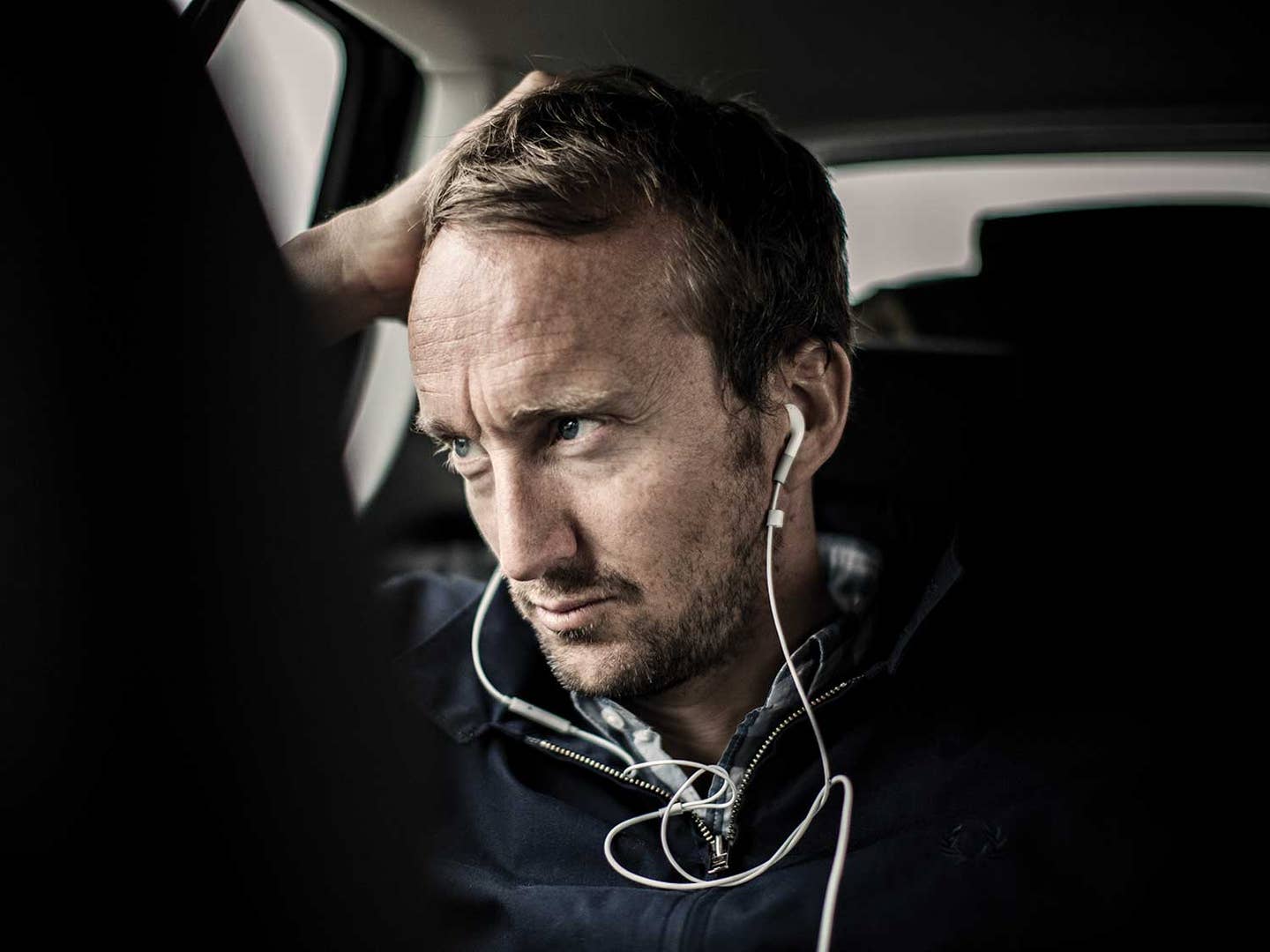
The Unlikely Affineur: Cheesemaking in a Culture of Pandemic
Parisian graphic designer Antoine Ricardou did not plan to tend cheese. Then the pandemic happened.
Cheesemaking, mankind’s long-running alchemy of controlled rot, involves transforming perishable milk into something exponentially more complex, long-lasting, and valuable. It requires the dedication and patience of a monk.
Until recently, Antoine Ricardou was, in no way, a cheesemaker. An architect and co-founder of the branding and design firm Be-poles, Ricardou spent his days jetting between the firm’s Paris and New York City offices, overseeing projects for such clients as Eleven Madison Park in Manhattan and Les Roches Rouges on the Côte d’Azur.
Get seasonal recipes, methods and techniques sent right to your inbox—sign up here to receive Saveur newsletters. And don’t forget to follow us on Instagram at @SaveurMag.
Then, this past March—well, you know what happened this past March. So, the 47-year-old, along with his wife and their three children, left a pandemic-stricken Paris for the relative isolation of France’s Haute-Savoie region, where the family owns an early-1800s chalet. Ricardou, who chuckles at the word “chalet,” is quick to dispel any notions of grandeur: “It’s simple and traditional, and did not have heat or hot water when we bought it last year.”
Nor did he have any gentleman-farmer pretensions. Ricardou rented the small plot of land surrounding the house back to relatives of the cheesemaking family he purchased the place from so they could continue to graze their Abondance dairy cows there, as they’d done for centuries.
One descendant of that family, Peggy Josserand, usually produces Reblochon, a soft and highly perishable fermier cheese. As coronavirus-related supply-chain issues caused Reblochon sales to plummet, Josserand hoped to pivot to Tomme de Savoie, a cheese with a shelf life of months, not weeks. The hitch? The ideal tomme-ripening cave sat below the house that her family had just sold.
Ricardou, eager to entertain his school-age children, leapt at the opportunity to age the cheese. He added fresh limewash to the cave’s walls and ceiling, and installed shelves of untreated Alpine spruce, before welcoming 37 two-kilo wheels of tomme. Every few days, the architect and his offspring flipped the wheels and wiped down the mold that would eventually form their rinds, occasionally adjusting the cave’s humidity levels by pouring buckets of cold mountain spring water over the mud floor.
When he wasn’t tending cheese or running Be-poles remotely, Ricardou—the grand-nephew of famed Italian illustrator René Gruau—documented his surroundings in oil, pastels, and graphite. On March 22, @antoinericardou posted a simple sketch of his chalet, and its snowy environs, on Instagram, with the caption: “DAY ONE…A drawing a day keeps the virus away.” On May 11, while preparing to bid adieu to the Alps, he shared an oil painting of the house, this time surrounded by lush, spring fields.
Back in Paris, Ricardou couldn’t shake a sense of responsibility for the cheese he’d tended, all 37 wheels of which he’d pre-sold to friends and colleagues around the city. Once the Tomme de Savoie “Ferme La Praise” (the name of his chalet) came of age in June, Ricardou personally delivered each wheel by bicycle. He’s already talking with Josserand about aging another batch in his cellar next spring.
“When we bought the chalet last May,” Ricardou recalls, “my wife and I said to each other, ‘Listen, if something happens one day, a war or whatever, we could stay here. We would be able to make or grow whatever we need for a basic life.’ This spring, my god, it came true.”
Keep Reading
Continue to Next Story










